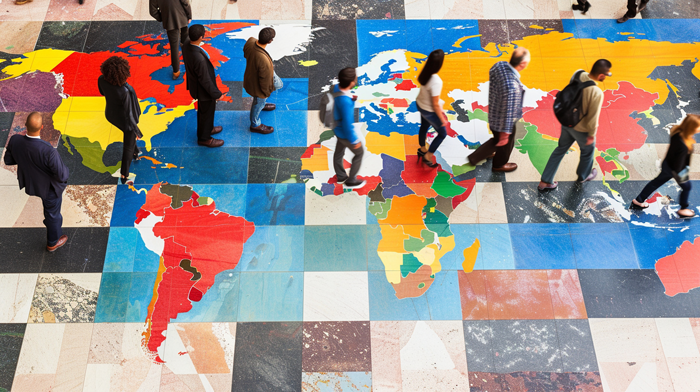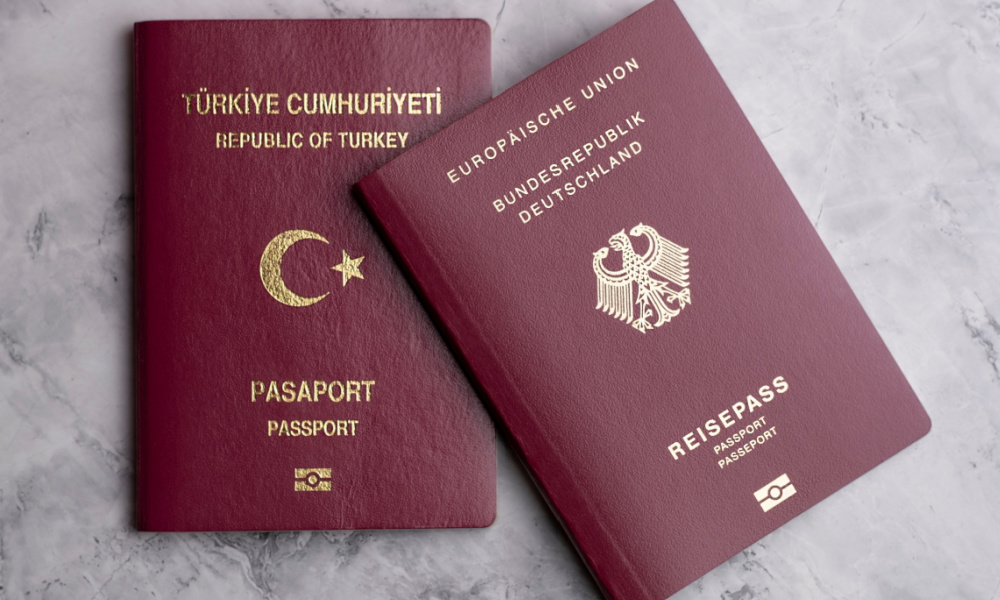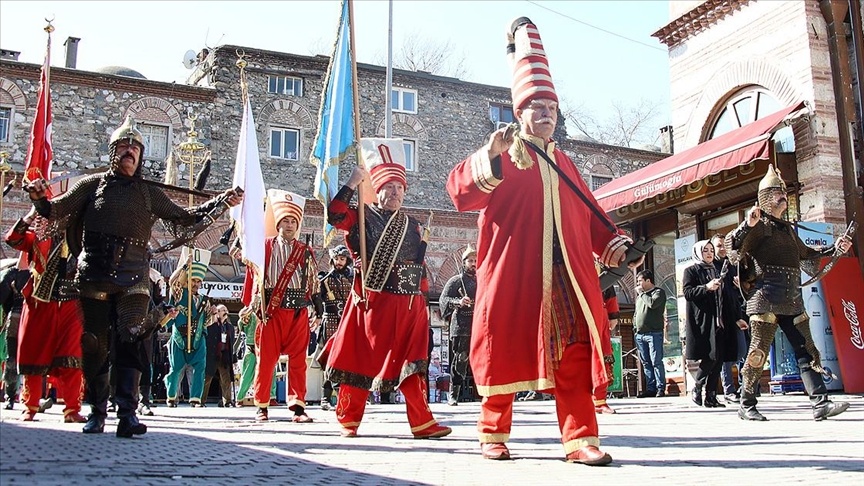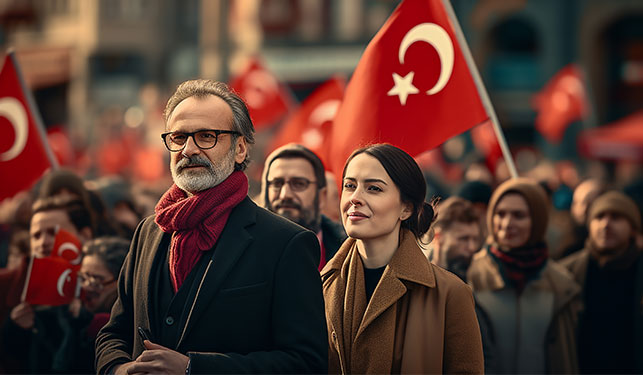

Migration is not only a physical relocation but also a multilayered process in which identity, belonging, and cultural continuity are redefined. During this process, it is critical that migrant individuals integrate into the host society without losing their own cultural values. At this point, civil society organizations that support diaspora communities take on significant responsibilities in the field of language, culture, and identity preservation.
Children of migrant families often grow up in bilingual environments. However, over time, the weakening of the native language in favor of the dominant language can lead to cultural disconnection. Bilingualism is not just a linguistic skill but also essential for preserving emotional bonds, traditions, and intergenerational communication.
The main activities of NGOs in this area include:
Weekend native language schools and Turkish classes
Bilingual storybooks and digital content creation
Campaigns to encourage native language use at home
Parental guidance seminars on native language development
Such efforts not only improve children's academic success but also strengthen their cultural connection with their families.
Cultural activities are just as important as language. For migrant communities, events such as holiday celebrations, traditional art and culinary workshops, and folk dance performances not only nurture individual identity but also promote a healthy cultural dialogue with the host society.
Key benefits of such activities:
They build community spirit and reduce loneliness.
They help children learn about their culture in fun and engaging ways.
They help break down prejudices through intercultural interaction.
NGOs often carry out these efforts in cooperation with local municipalities, schools, or other migrant organizations.
Cultural heritage is not limited to historical buildings or folkloric elements. Family stories, traditional knowledge, recipes, and lived experiences make up the memory of the diaspora. Efforts to record, preserve, and transfer this memory to new generations are considered "heritage projects."
Examples of heritage projects:
Oral history interviews and archives with elders
Migration-themed documentaries, photo exhibitions, and books
School projects based on intergenerational cultural transmission
Documentation of diaspora cemeteries, associations, and mosques
These projects not only preserve the past but also provide a narrative of identity to new generations and reinforce their sense of belonging.
Individuals who forget their language, are unfamiliar with their culture, and are disconnected from their roots often experience weakened identity and belonging. In diaspora communities, this weakening can lead to social exclusion, identity crises, and intra-family disconnection. For this reason, the cultural preservation projects carried out by NGOs are not mere nostalgia; they are foundations for social cohesion, psychological resilience, and collective identity building.

As global mobility increases, the integration of diaspora communities into their host societies while preserving their own identities becomes more complex and multidimensional. This is where diaspora NGOs



